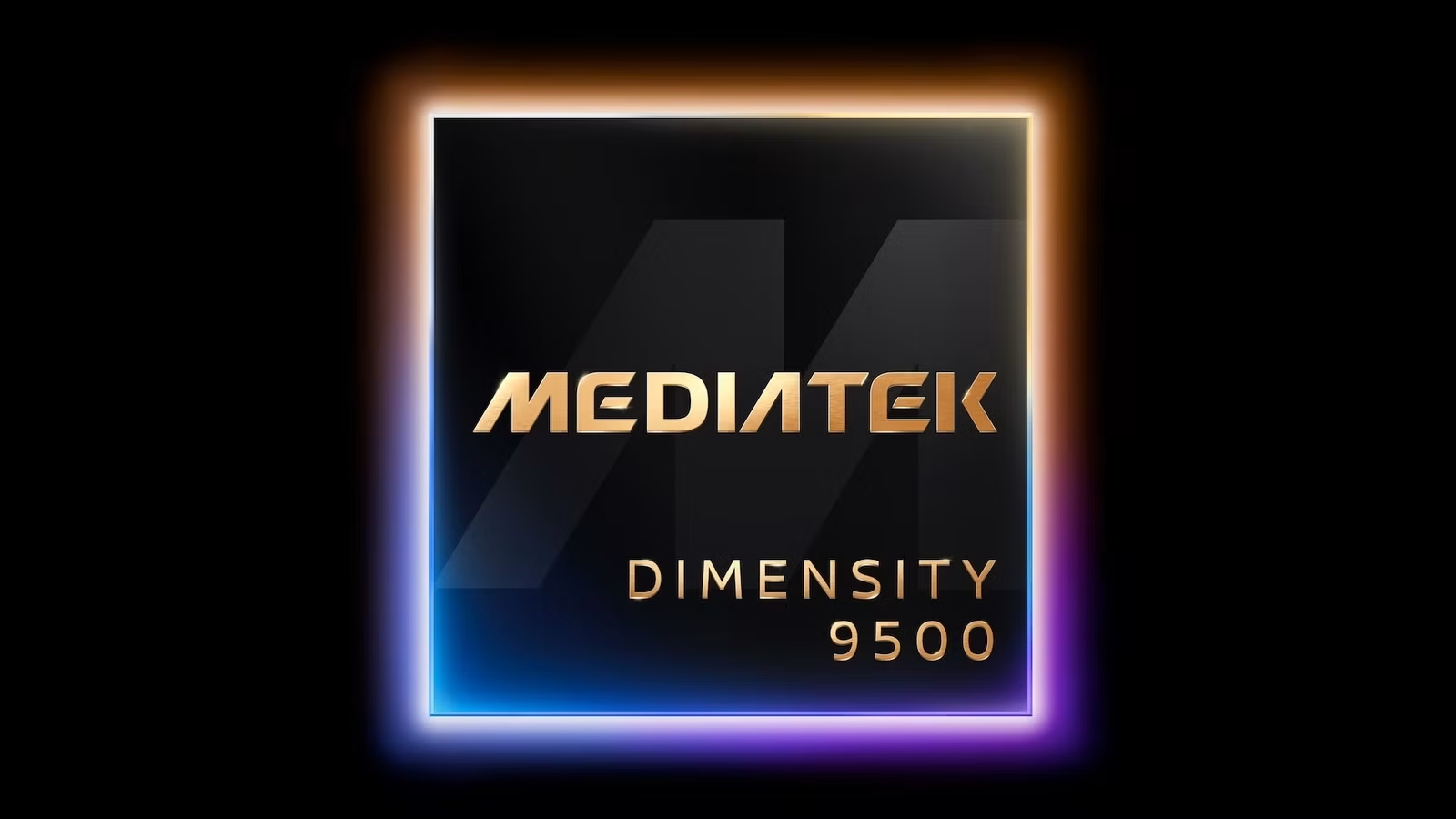MediaTek Unveils Dimensity 9500: A New Era for Flagship Mobile Performance and AI
Notably, the Dimensity 9500 arrives just ahead of Qualcomm's expected reveal of its own next-generation flagship chip, setting the stage for an intense battle for mobile supremacy in the coming months. Early indications suggest this new MediaTek silicon is built on TSMC's advanced 3nm N3E process node, a significant upgrade that promises substantial gains in both performance and efficiency over its predecessors. Initial device availability is slated for Q4 2025, meaning we could see these powerful new chips in our hands before the year is out.
Powering the Future: AI and Performance at the Forefront
At the heart of the Dimensity 9500 is a radical new CPU architecture: a "third-generation performance-core-only" design. This isn't your typical big.LITTLE setup. Instead, MediaTek is betting on a configuration that includes one Arm Cortex-X930 prime core clocked at up to 3.53 GHz, three Cortex-X4 performance cores running at up to 3.3 GHz, and four Cortex-A720 efficiency cores at 2.4 GHz. This all-big-core approach, coupled with a substantial 12MB L3 cache and 10MB system-level cache (SLC), is designed to deliver unparalleled multitasking prowess and lightning-fast data access.
But the real headline grabber is the AI performance. MediaTek is touting up to an astounding 100 TOPS (trillion operations per second) from its integrated Neural Processing Unit (NPU). This massive leap in on-device AI processing power is intended to unlock a new generation of intelligent features, from hyper-realistic computational photography and advanced language translation to more sophisticated AI-driven user experiences that don't rely as heavily on cloud processing. It's a bold move, and one that could significantly differentiate devices powered by this chip.
The GPU also sees a substantial upgrade. The Dimensity 9500 features a 12-core Arm Immortalis-G925 GPU, capable of hitting clock speeds up to 1.3 GHz. With hardware-accelerated ray tracing and support for features like variable rate shading, this chip is clearly engineered for serious mobile gaming, promising console-class visuals and smooth 4K, 120fps gameplay. It's exciting to see these advancements, as mobile gaming continues to grow in popularity.
Manufacturing Prowess and Strategic Partnerships
The choice of TSMC's 3nm N3E process node is a critical factor. This advanced manufacturing technology is renowned for its power efficiency and performance density. By leveraging TSMC's cutting-edge capabilities, MediaTek is not only pushing the boundaries of mobile silicon but also ensuring that its flagship chip can deliver sustained performance without excessive battery drain. This is crucial for user experience; nobody wants a super-fast phone that dies after a few hours.
Interestingly, MediaTek also hinted at future roadmaps, including a potential 2nm-based Dimensity 9600 slated for late 2026. This forward-looking statement underscores their commitment to staying at the forefront of semiconductor technology and solidifies their ongoing partnership with TSMC. It shows they're not just playing catch-up; they're planning for the long haul.
Early Adopters and Market Impact
Already, major smartphone manufacturers are signaling their intent to adopt the Dimensity 9500. Both Oppo and Vivo have issued teaser statements, with Vivo confirming its upcoming X300 series will feature the chip for "groundbreaking AI and imaging," while Oppo's Find X9 series is also slated for a Q4 launch powered by the new SoC. These early endorsements from prominent brands suggest strong industry confidence in MediaTek's latest offering.
While official pricing for the chip itself isn't disclosed (as is standard for B2B semiconductor sales), its integration into flagship devices is expected to influence the pricing of premium smartphones, likely positioning them in the $800-$1,200 range for initial releases. This move by MediaTek could also lead to more competitive pricing across the flagship segment, benefiting consumers. It's a fascinating time to watch the high-end smartphone market evolve.
The Dimensity 9500 represents a significant statement from MediaTek. By focusing on raw AI power, elite gaming capabilities, and efficient manufacturing, they're not just aiming for a seat at the table; they're looking to lead it. The coming months will tell if this new chip can truly disrupt the status quo and redefine what we expect from our mobile devices.
